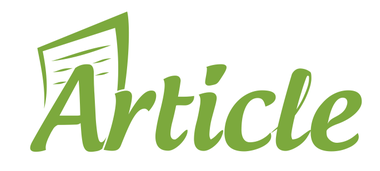
Diversity and Inclusion: Building a Workforce That Reflects the World
As globalization continues to connect people and cultures, companies both here in the United States and across the world are realizing the importance of building diverse and inclusive workforces. Research has shown that diversity and inclusion lead to things like greater innovation, better decision making, higher employee engagement, and improved financial performance. In essence, building a diverse and inclusive workplace where everyone feels welcomed, valued and able to contribute fully is fundamental to any organization that is looking to thrive in the 21st century.
Defining Diversity and Inclusion
What exactly is meant by diversity and inclusion though? Diversity basically refers to differences within a given setting. So in the workplace, this would include diversity in race, ethnicity, gender, age, religion, language, sexual orientation, disability status, and socioeconomic background. When we say inclusion, we mean ensuring these individuals actually feel welcomed, respected, supported, and valued as full members of the workplace.
Hiring Practices to Promote Diversity
Building a workforce that reflects the diversity of the communities they serve means organizations need to start by examining their hiring practices. The human resource department should review job descriptions and qualifications to remove any biased language or unnecessary requirements that could deter diverse applicants. For example, we need to replace gendered language with gender-neutral terms, and we should evaluate requirements like certain educational credentials to see if we truly need them for the role or if equivalent experience would suffice.
Onboarding and Mentoring Diverse Talent
Once diverse talent is hired, steps need to be taken to ensure they feel supported and are able to thrive. Try to pair new hires with mentors who are able to answer questions, offer guidance, and help with connection building. Make sure the onboarding process covers everything from company values and norms to expectations transparently to aid inclusion. Provide training across cultural differences and help employees understand unwritten rules or subtle cues unique to the organizational culture.
Fostering Inclusion Across All Levels
Hiring for diversity is important, but it’s also vital to cultivate an inclusive culture where diverse team members feel welcomed and able to excel. Provide training for all employees on topics like unconscious bias, microaggressions, cross-cultural communication and diversity awareness. Promote diverse voices at every level of leadership. Ensure Company policies, benefits and programs are inclusive of different races, genders, ages, religions, sexual orientations, and ability levels.
Leveraging Technology
According to the folk at VertiSource HR, a human resource information system, or HRIS, can help organizations analyze demographics, retention, and promotion rates to identify areas for improvement. Analytics can track diversity metrics and spot potential biases or barriers facing minority groups. Tools like predictive analytics and artificial intelligence may assist in reducing recruiting and hiring biases. Technology also enables remote work options that can expand the talent pool.
However, technology should complement rather than replace human decision-making with hiring and promotions. Transparency, auditing, and ethics are critical when leveraging AI for HR and diversity programs.
Measuring Progress
To know if diversity and inclusion efforts are effective, organizations need to measure progress. Conduct regular surveys to assess employee sentiment anonymously. Gather data on workforce demographics, promotions, retention and exit interviews, broken down by gender, race, age and other factors. Set specific representation goals tailored to the local community and industry. Report results to leadership and employees. Be transparent about challenges and keep adjusting strategies based on findings.
Conclusion
Building a diverse and inclusive workforce requires commitment at all levels of an organization. A diverse team with different perspectives is invaluable for connecting with diverse customers in an increasingly interconnected global marketplace. With thoughtful strategies, companies can move beyond simply checking a box, but can realize the true benefits diversity and inclusion bring – innovation, economic growth, employee fulfillment and societal progress.


















